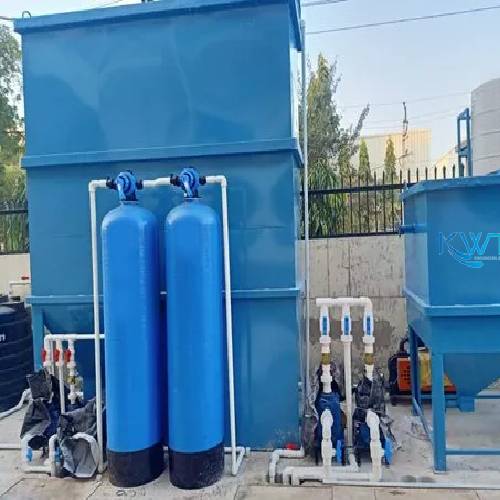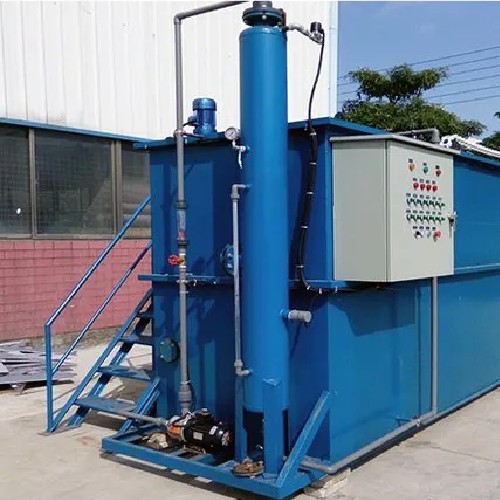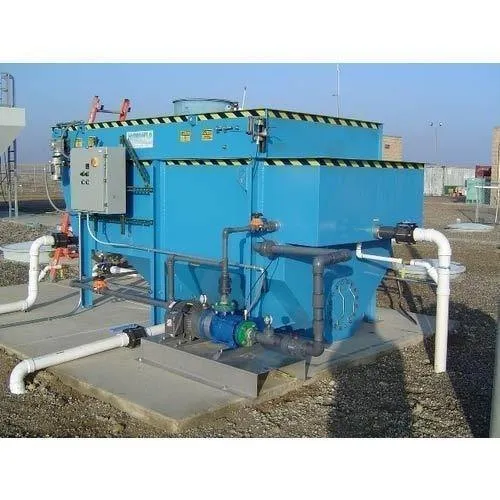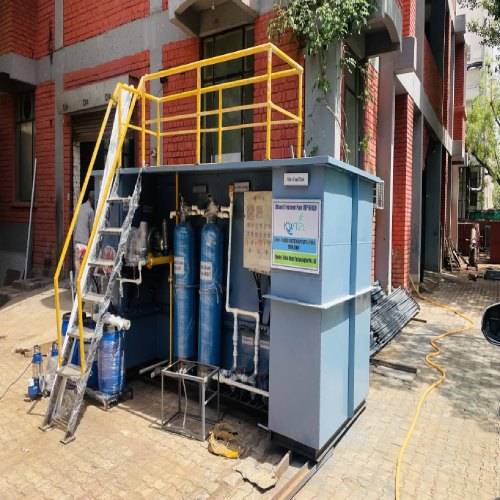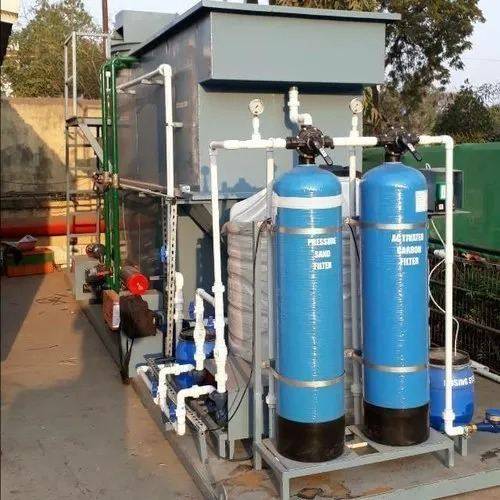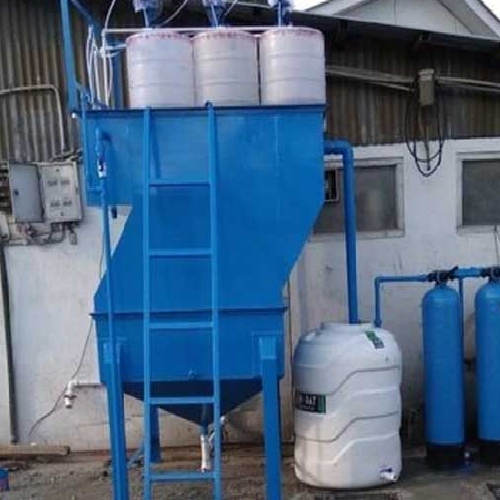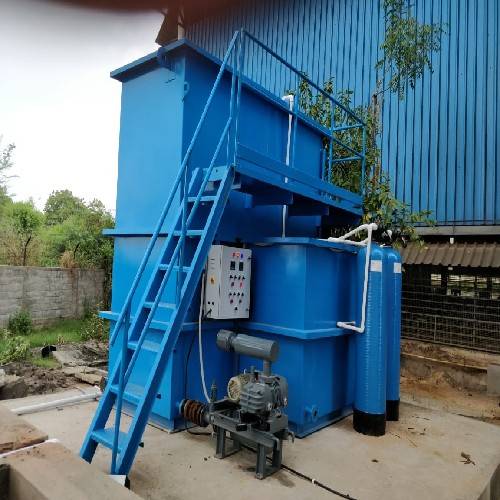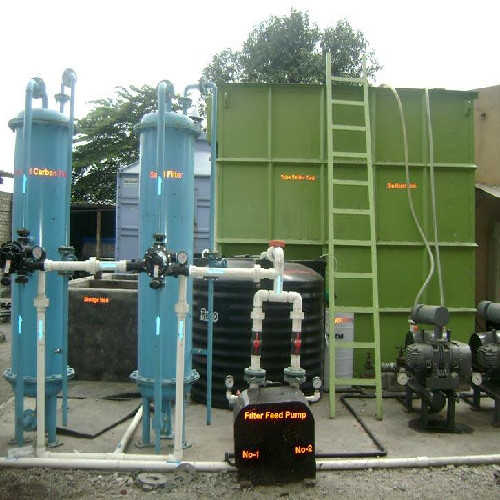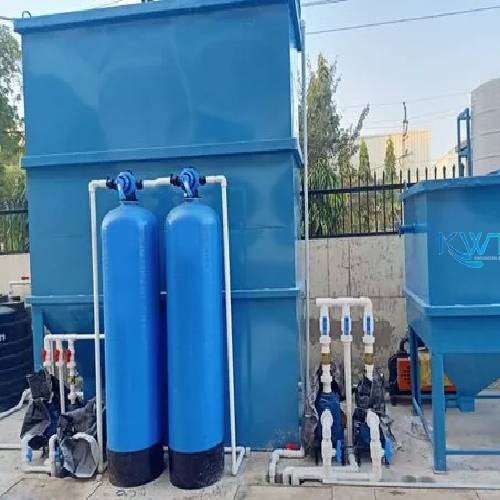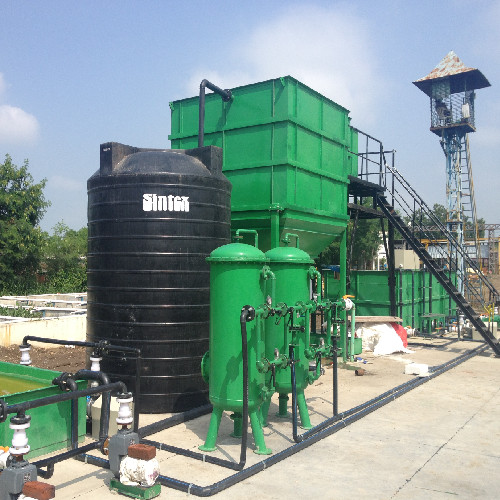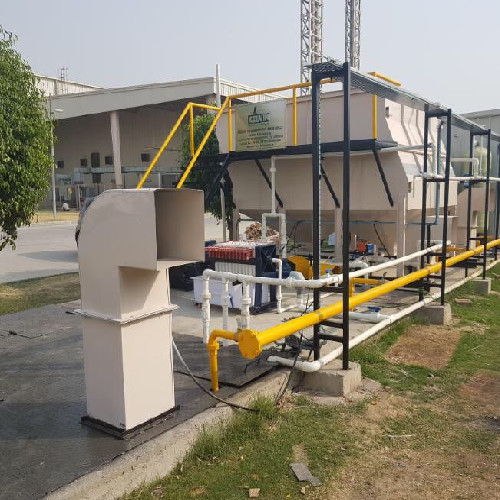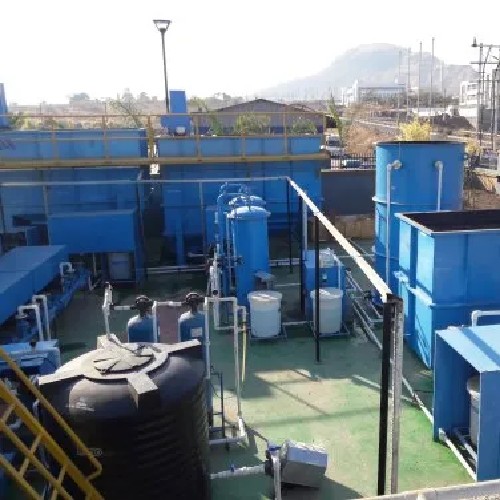Sewage Treatment Plant
About
STP
Sewage Treatment Plant
Sewage treatment plants are facilities that are designed to process wastewater from residential, commercial, and industrial sources. These plants use physical, chemical, and biological processes to remove contaminants, such as suspended solids, bacteria, and nutrients, from the wastewater before it is released into the environment. The treated wastewater can then be safely discharged into a body of water or reused for other purposes, such as landscaping or agricultural irrigation. Sewage treatment plants play an important role in protecting the environment and public health. They help prevent water pollution and reduce the spread of disease by removing contaminants from wastewater before it is released into the environment. By investing in wastewater treatment plants, we can help ensure that our waterways remain clean and safe for everyone
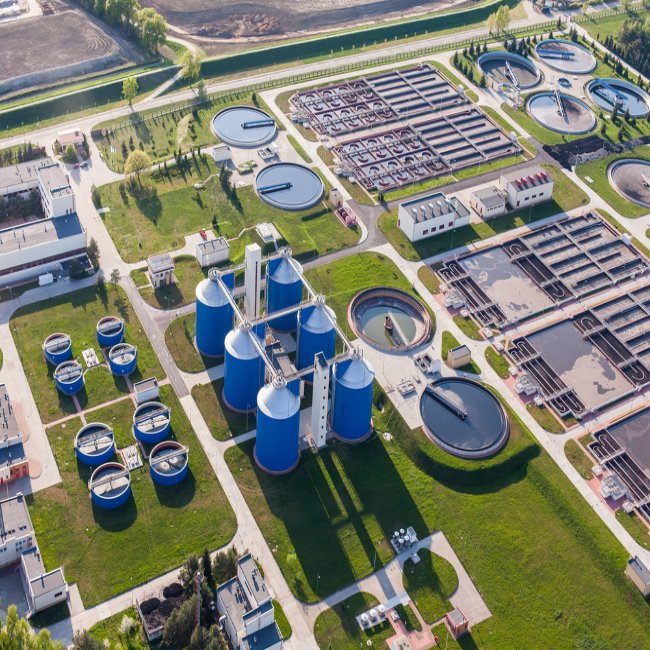
Process of Sewage treatment plant
A sewage treatment plant is a facility used to treat wastewater before it is released back into the environment. The process of treating wastewater is divided into three stages: primary, secondary, and tertiary.
- In the primary stage, large objects such as rags, sticks, and stones are removed from the wastewater. This is done using screens and other mechanical equipment. The wastewater is then pumped into a sedimentation tank where the solids settle to the bottom of the tank and are removed.
- In the secondary stage, biological treatment is used to remove organic material from the wastewater. This is done by introducing bacteria and other microorganisms into the wastewater, which consume the organic matter and convert it into gases such as carbon dioxide and methane.
- In the tertiary stage, the wastewater is disinfected to remove harmful bacteria and viruses. This is usually done using chlorine or ultraviolet light. The treated wastewater is then released back into the environment. The entire process of treating wastewater can take anywhere from a few hours to several days depending on the type of treatment plant and the amount of wastewater it needs to process. The treated wastewater is generally safe for human contact and can be discharged into rivers, streams, and other bodies of water.
In addition to the three stages of treatment described above, some wastewater treatment plants also use additional treatment processes such as nutrient removal, advanced oxidation, and filtration. These processes help to further reduce the amount of pollutants in the wastewater and make it safe for discharge into the environment. The process of treating wastewater is an important part of protecting the environment.
Some Technologies of STP Plant are :
- SBR – Sequencing Batch Reactors
- MBR- Membrane Bio-Reactor
- MBBR
- EC- Electrocoagulation
- FAL- Facultative Aerated Lagoon
- TF- Trickling Filter
- WSPS- Waste Stabilization Pond System
- ASP- Activated Sludge Process
- BT- Bio for Technology
- FAB- Fluidized Aerated Bed
- CASP- Cyclic Activated Sludge Process
- Submerge aeration fixed film technology
- Up flow anaerobic sludge blanket process

